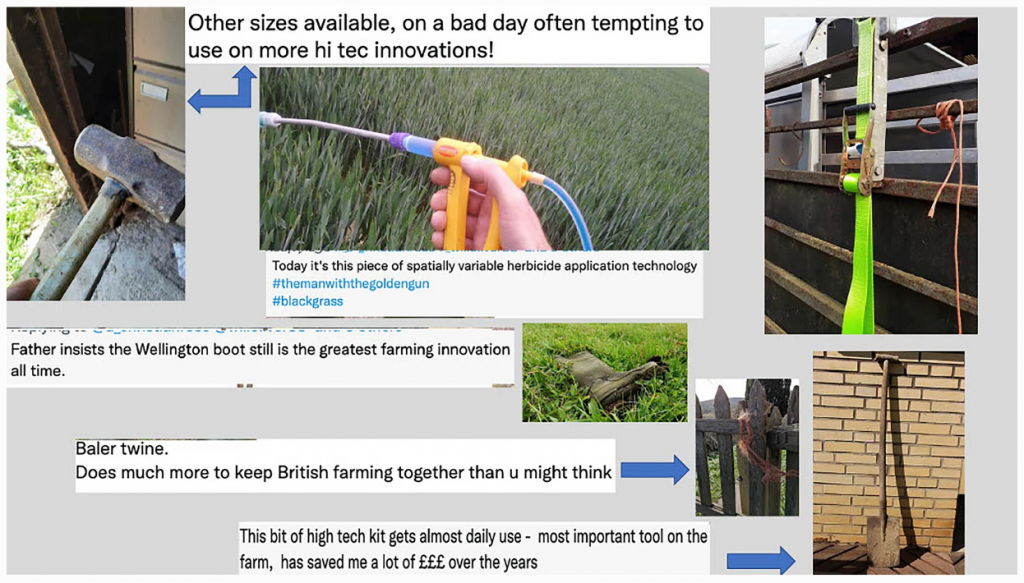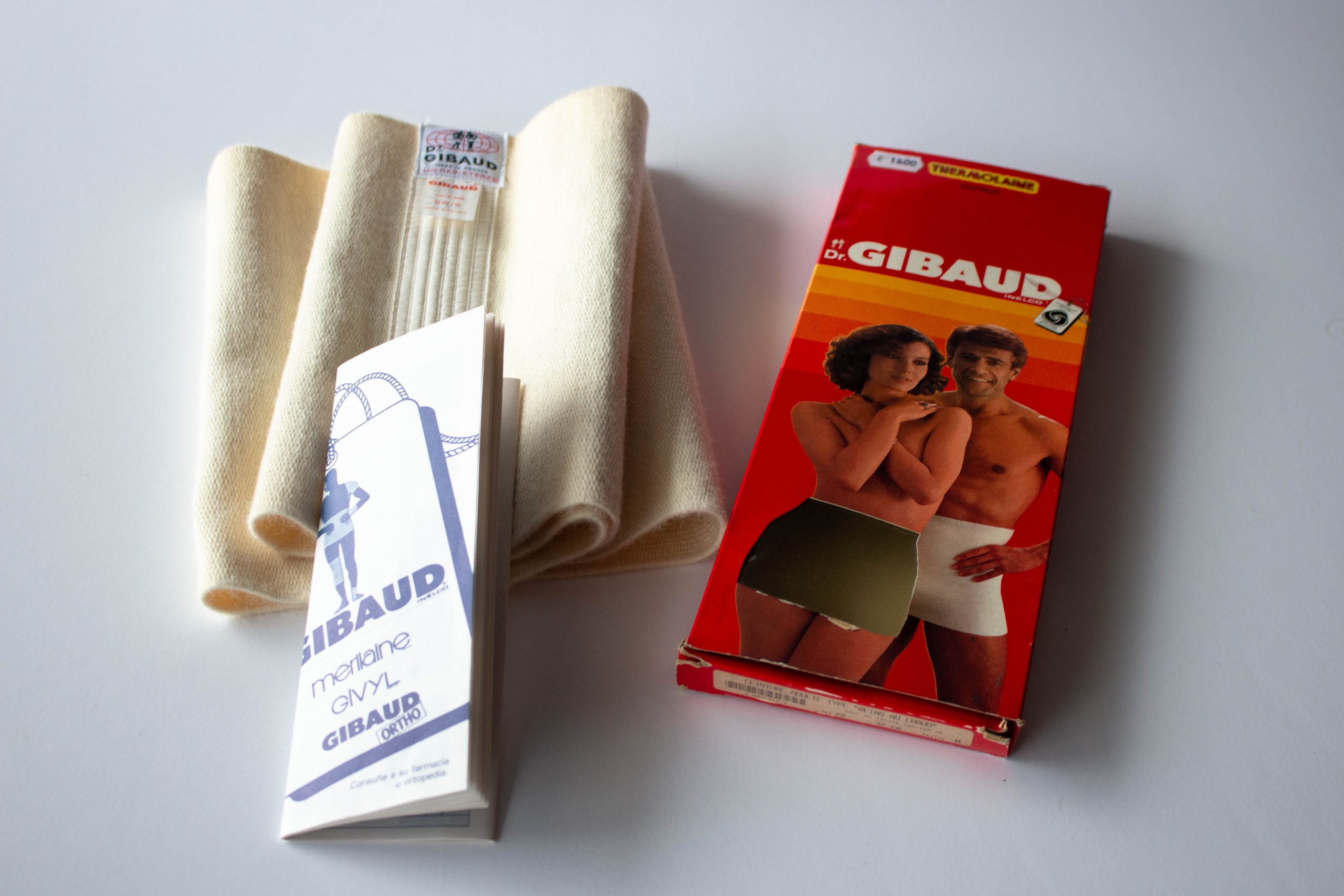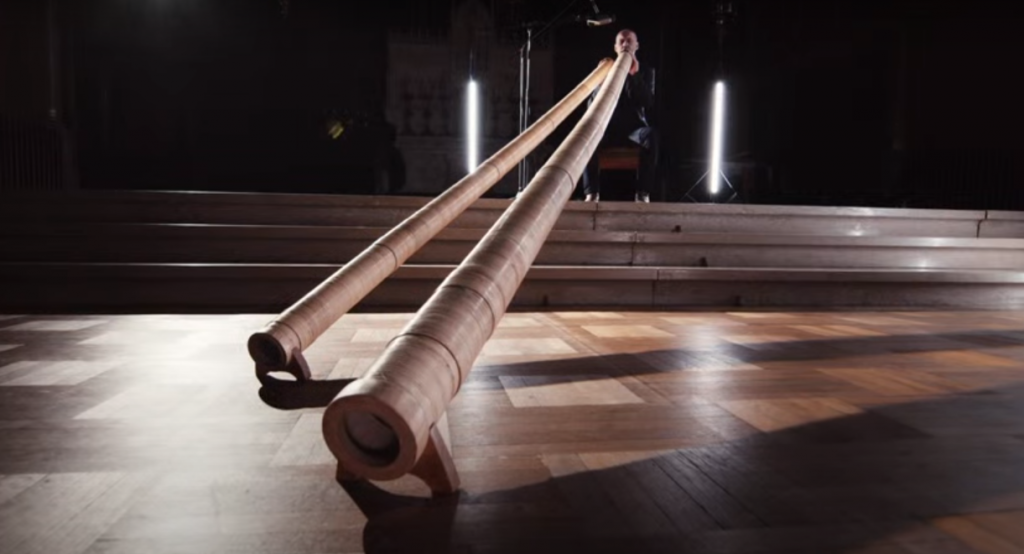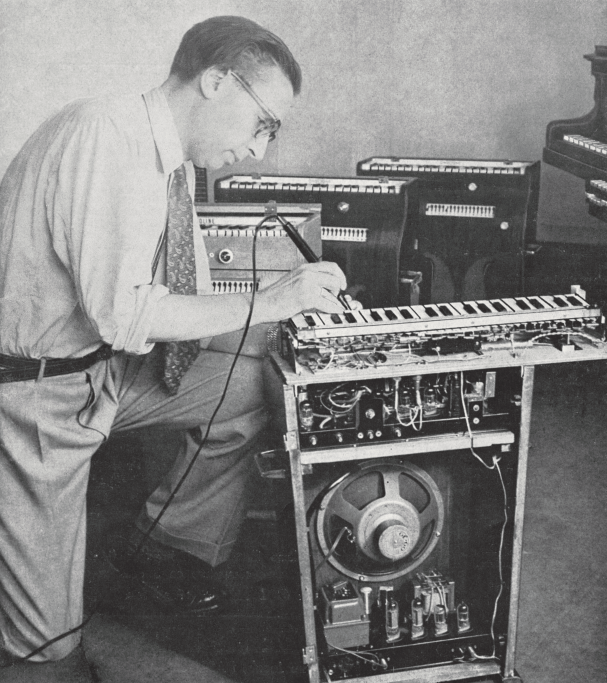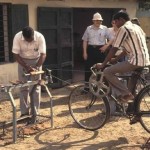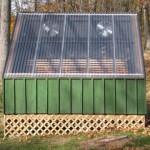Prevalent narratives of agricultural innovation predict that we are once again on the cusp of a global agricultural revolution. According to these narratives, this so-called fourth agricultural revolution, or agriculture 4.0, is set to transform current agricultural practices around the world at a quick pace, making use of new sophisticated precision technologies. Often used as a rhetorical device, this narrative has a material effect on the trajectories of an inherently political and normative agricultural transition; with funding, other policy instruments, and research attention focusing on the design and development of new precision technologies.
A growing critical social science literature interrogates the promises of revolution. Engagement with new technology is likely to be uneven, with benefits potentially favouring the already powerful and the costs falling hardest on the least powerful. If grand narratives of change remain unchallenged, we risk pursuing innovation trajectories that are exclusionary, failing to achieve responsible innovation. This study utilises a range of methodologies to explore everyday encounters between farmers and technology, with the aim of inspiring further work to compile the microhistories that can help to challenge robust grand narratives of change.
We explore how farmers are engaging with technology in practice and show how these interactions problematise a simple, linear notion of innovation adoption and use. In doing so, we reflect upon the contribution that the study of everyday encounters can make in setting more inclusionary, responsible pathways towards sustainable agriculture.
Read more (open access): Rose, David Christian, et al. “The old, the new, or the old made new? Everyday counter-narratives of the so-called fourth agricultural revolution.” Agriculture and Human Values (2022): 1-17.
